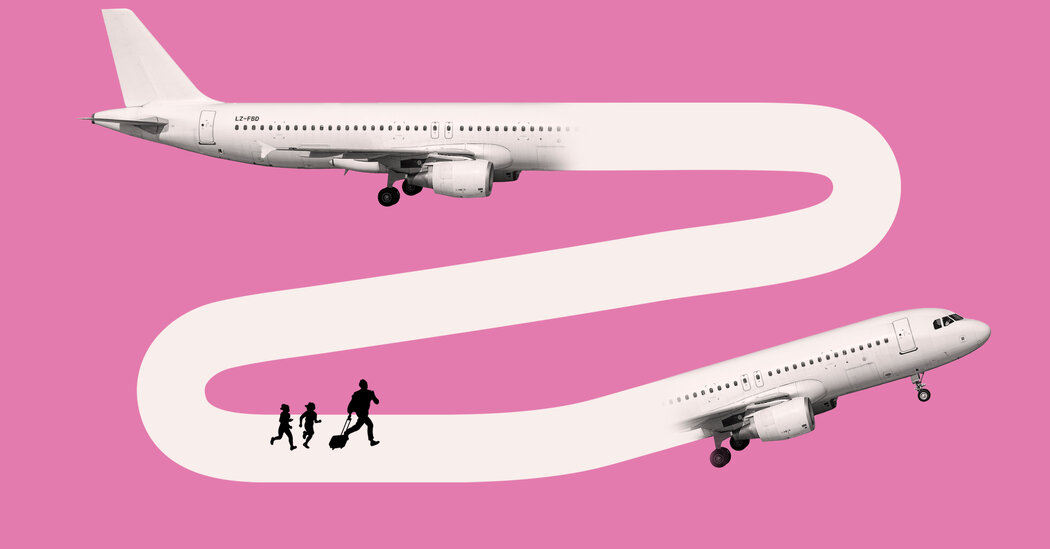This is mostly bad news for you, but I do have some good news: You got more money back from Spirit than you originally realized. The $279 you received in March was actually their second payment; apparently you didn’t spot a $457 Spirit credit to your card back in January, right after you missed your flight. Mr. Hofmeyer said that the total of $736 covers the full value of the legs you and your family missed. I have no way of verifying that — it’s about a third of the full price you paid for the Spirit tickets, but he did not provide a detailed breakdown. In any case, he made it clear that Spirit is not admitting any fault and that this refund is a courtesy.
Of course, a text alerting you that your departure had been moved back up would have been even better. Spirit would not comment on why you never got one, so I spoke with Suresh Acharya, a professor at the University of Maryland’s Robert H. Smith School of Business who has worked for decades on airline optimization systems. He cautioned that we should not expect all airlines to have equally deft, customer-friendly communications systems. “It may have just been a manual oversight,” he said. “With Spirit or another low-cost, no-frills airline, their IT infrastructure and integration are probably not that automated.”
He noted that since delays are costly to airlines, often requiring overtime payments to crews and causing delays that can ripple across the system, airlines will jump on any chance to speed up departures even after delays have already been announced, although it sometimes means leaving passengers behind. This is especially true on international flights and at domestic “slot-controlled” airports where the F.A.A. has imposed limits on takeoffs.
That said, all delays are not created equal. Mr. Acharya passed along some useful tricks he uses when traveling to better guess when a delay is going to stick, or even “creep” forward, to use frustratingly accurate airline lingo. First, he figures out where the aircraft is. If it’s already at the gate, the delay might not stick if a mechanical issue can be solved faster than projected or crew members stuck in traffic arrive faster than they expected.
If the plane is not at the gate, that could indicate a more definitive or even creeping delay. Check online or ask staff where the incoming aircraft is; if it’s still hours away, that’s a bad sign. On the other hand, if you’re at an airport that serves as the hub of the airline…
Click Here to Read the Full Original Article at NYT > Travel…
